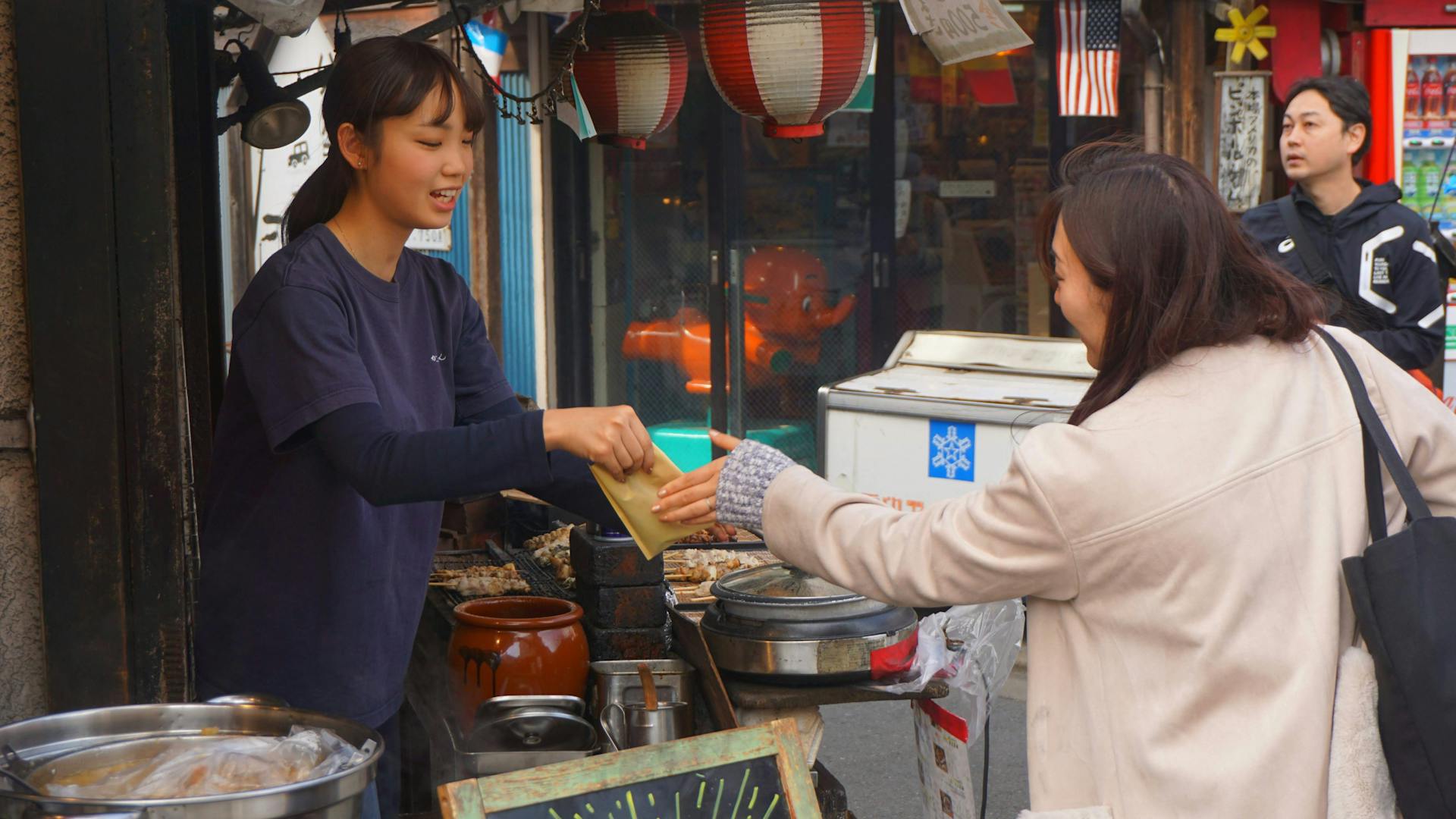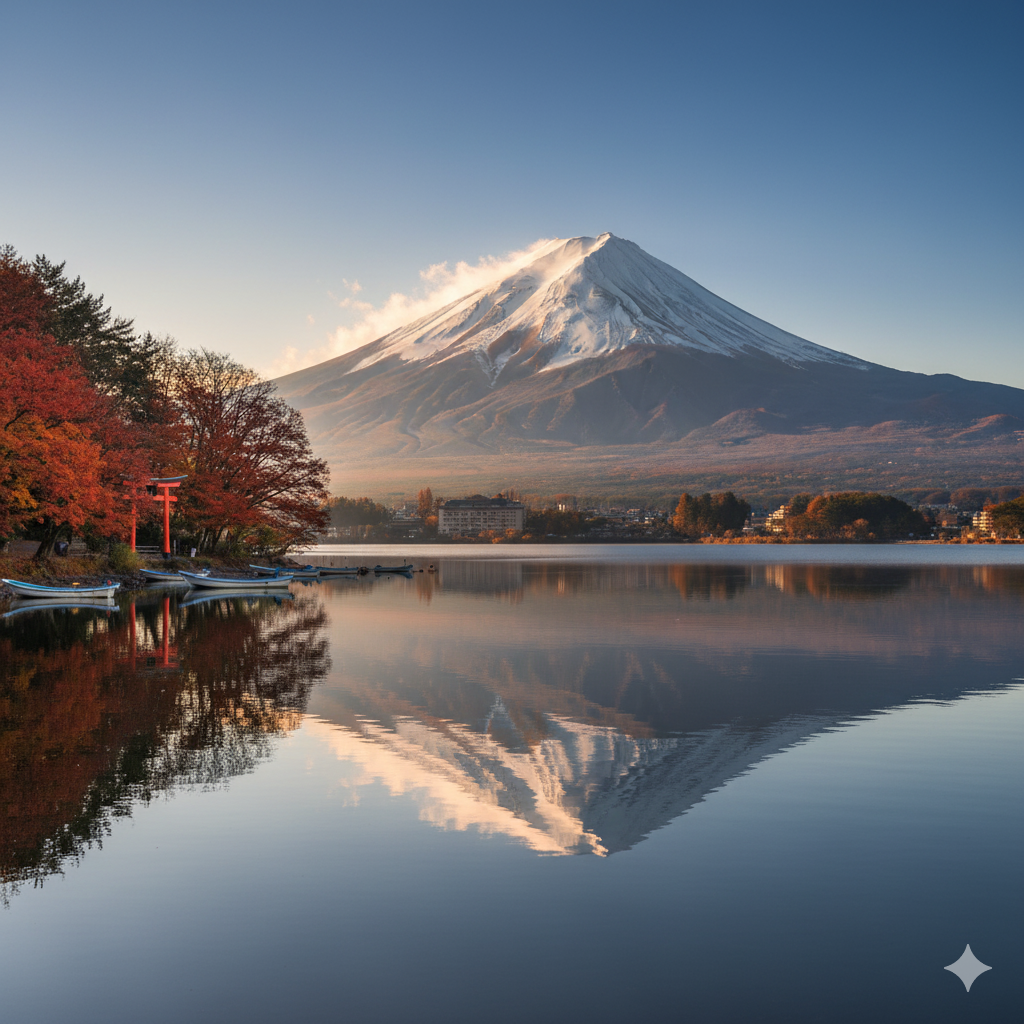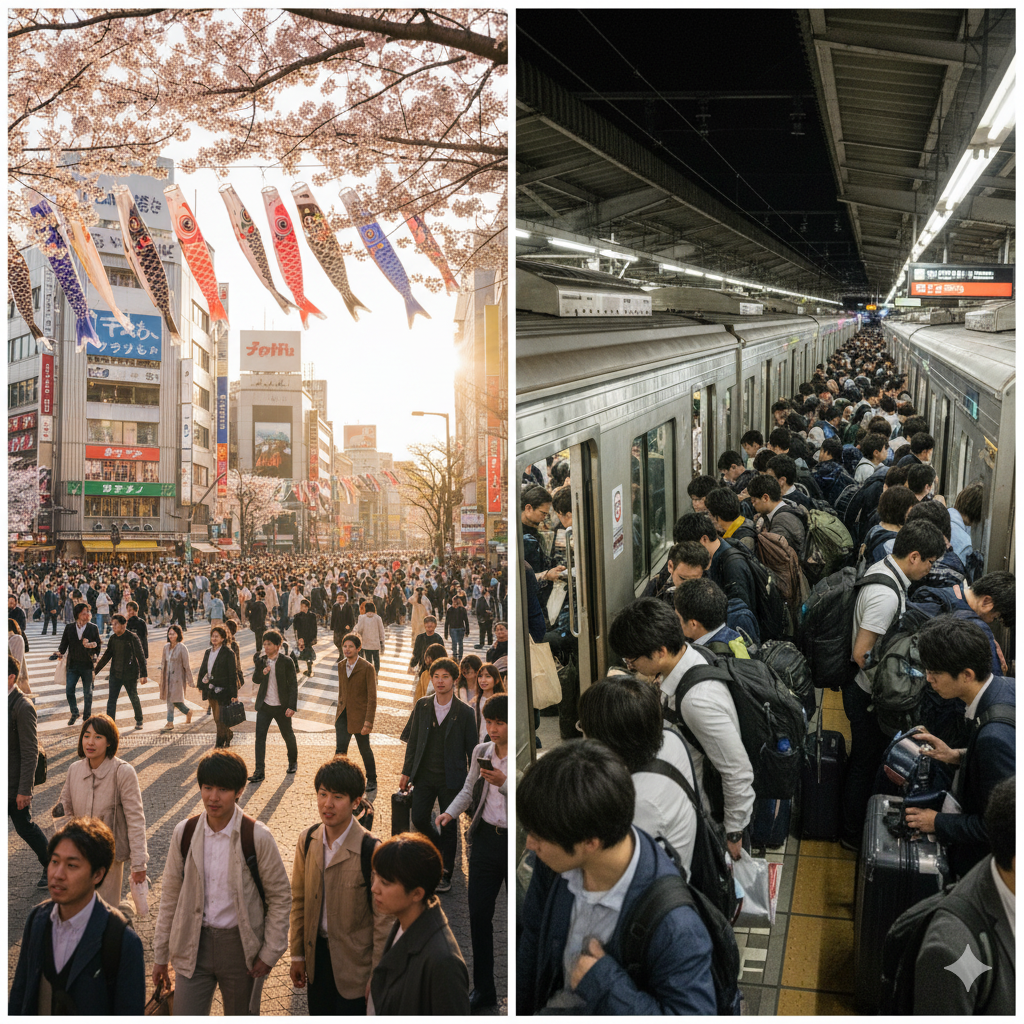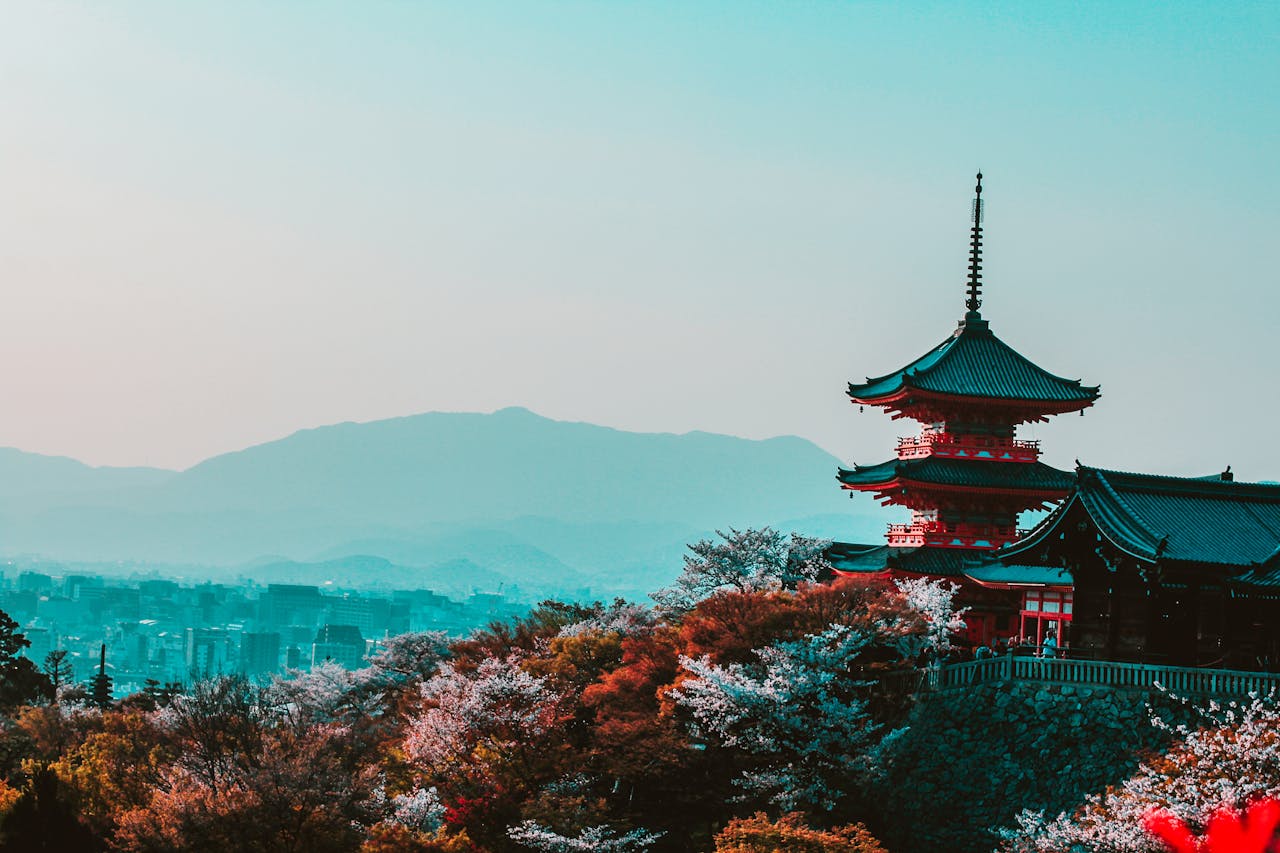Essential Travel Tips You Need to Know in Japan

As a favorite tourist destination, Japan has so many charms that move travelers from various countries to visit. The combination of a rich culture (traditional and pop), stunning natural beauty, advanced technology, an efficient transportation system, delicious cuisine, and high security is able to create a unique and distinct holiday experience compared to other countries. If you are also planning a trip to Japan, study the following tips so your vacation is smooth and enjoyable.
Choosing the Time to Visit
There are three best seasons to visit Japan, with each season having its own appeal. Typically, one of the busiest periods in Japan is spring in March and April, as that is when the cherry blossoms bloom across the country. Autumn, from September to November, also offers cooler weather and the breathtaking sight of bright red maple leaves. Meanwhile, if you are looking for a snowy vacation, winter, from December to February, usually turns cities like Hokkaido, Sapporo, or Kyoto into a snowy fairy tale.
Summer in Japan is not popular among tourists, but it is a beautiful time to see hydrangeas. During this season, local Japanese people also travel less, so you can find flights and hotels at affordable prices. Whenever possible, avoid Japanese holidays such as Golden Week (May 3-7) and Silver Week (September 16-18) because most locals are also traveling to various tourist destinations.
Pre-booking Tickets and Cash
Foreign tourists are usually very fond of Japanese amusement parks, resulting in long queues at many top tourist attractions like Disneyland and Universal Studio Japan. To avoid disappointment, you are advised to buy tickets in advance, long before departing. This is especially true if you plan to go to Japan during high season. Some information mentions that it is difficult to pay for tickets for tourist attractions in Japan using credit cards from outside Japan.
While non-cash payment is common in Japan, some restaurants still prefer cash payment, especially if you want to buy street food. Most established stores like Uniqlo, ABC-Mart, and even convenience stores accept credit cards. So be prepared with various payment methods, from cash to credit cards. With ATMs available in many places like department stores and convenience stores, you can withdraw cash using your credit card or multi-currency debit card if necessary.
Shopping and Etiquette
Japan imposes a 10% consumption tax on most types of goods and services. However, as a tourist, you may be able to save if you shop at tax-free stores with a minimum expenditure of ¥5,000. Look for a "Tax-Free Store" sign outside the store, and make sure to only pay at the tax-free counter! Don't forget to show your passport to process tax-free shopping.
Tax-free shopping is available in places like Bic Camera (electronics), Uniqlo (clothing), Muji (household goods), ABC-Mart (shoes), Don Quijote (discount stores), Matsumoto Kiyoshi (cosmetics), and department stores like Daimaru and Takashimaya. Eligible goods are generally classified into two categories: General Goods (clothing, bags, etc., minimum ¥5,000 before tax, can be used immediately) and Consumables (food, cosmetics, alcohol, etc., between ¥5,000 to ¥500,000 before tax, usually sealed and must be taken abroad within 30 days).
Since 2020, Japan has issued a law requiring a fee for single-use plastic bags to reduce environmental impact, with costs ranging from ¥3 to ¥10. So if you want to save money or want to help protect the environment, it is highly recommended to bring a shopping bag when traveling.
Japan is known as a very clean country. To maintain cleanliness, trash cans are hard to find, even in public toilets and malls. So, if you are traveling, bring a small bag to store trash. You might only be able to throw away trash when you return to the hotel.
Although Japan is famous for its street food, eating while walking is considered impolite in Japan. So, if you buy snacks at street stalls, it is advisable to consume them right outside the stall. Not only can you immediately enjoy the deliciousness of the food, but you can also return or dispose of the packaging. Otherwise, you will be forced to carry trash everywhere for a long time.
Transportation and Passes
Due to language constraints, traveling around Japan can be a little confusing, due to the diverse transportation systems and complicated city layouts. Besides Google Maps, which is commonly used for navigation, here are some other applications that can help: Japan Travel by Navitime (gives the best route recommendations for trains and buses, allows selection of your JR Pass type to show covered options), Google Translate (can perform digital translation using the camera, which can save you when presented with a menu in Japanese), and Gurunavi (helps you find the best places to eat).
If you plan to use public transportation in Japan, having a Suica or PASMO card will make everything easier. This card is similar to e-money in Indonesia. And instead of buying the physical card, you can now add it directly to your iPhone's Wallet application and top up using Apple Pay. This step will reduce your difficulty in obtaining a physical card and manually topping up.
Like in Jakarta, trains in Japan are also crowded during rush hour. To be safer, especially if you are traveling to big cities like Tokyo and Osaka, avoid traveling during the busiest hours, which are around 8:00 to 9:30 AM and 5:30 to 7:30 PM.
You must have heard a lot about the JR Pass needed to travel around. There are more than 30 regional tickets as well as the All-Japan ticket. You should get the JR Pass beforehand because buying the JR Pass online through an overseas partner is cheaper. The official JR Pass website states that the price of a 7-Day All-Japan Rail Pass sold at the counter in Japan is ¥33,610 (around Rp 3.8 million). However, if you buy it here, you can get it for only ¥29,650 (around Rp 3.3 million).
If you plan to travel by Shinkansen (Bullet Train), measure your luggage to ensure the total length + width + height does not exceed 160 cm because the available baggage space is usually cabin-sized or no larger than 24”. If you need baggage for items larger than 160 cm or larger than a 26” suitcase, you must make a reservation for a seat that has a larger baggage area. This is usually located in the last row of seats in certain train carriages. If you violate this rule, you could be fined ¥1,000.



